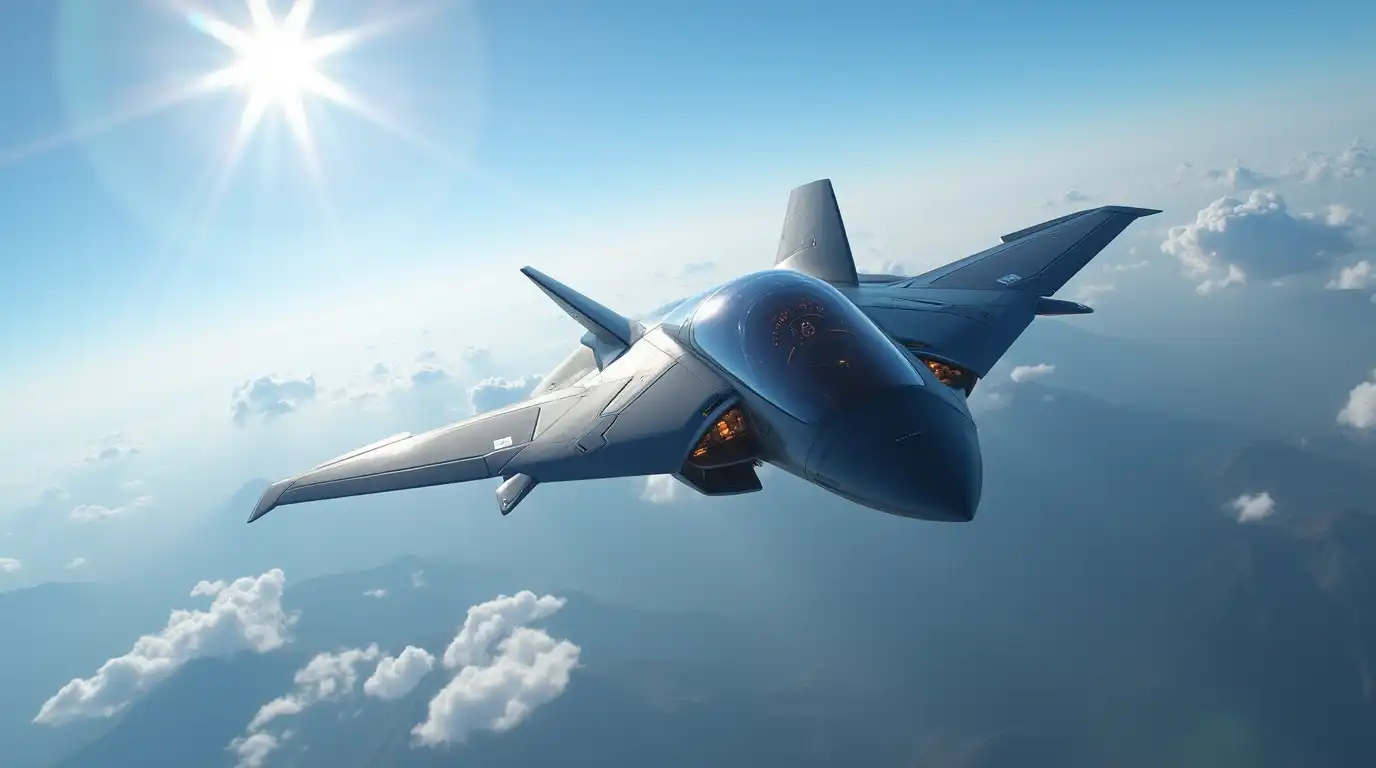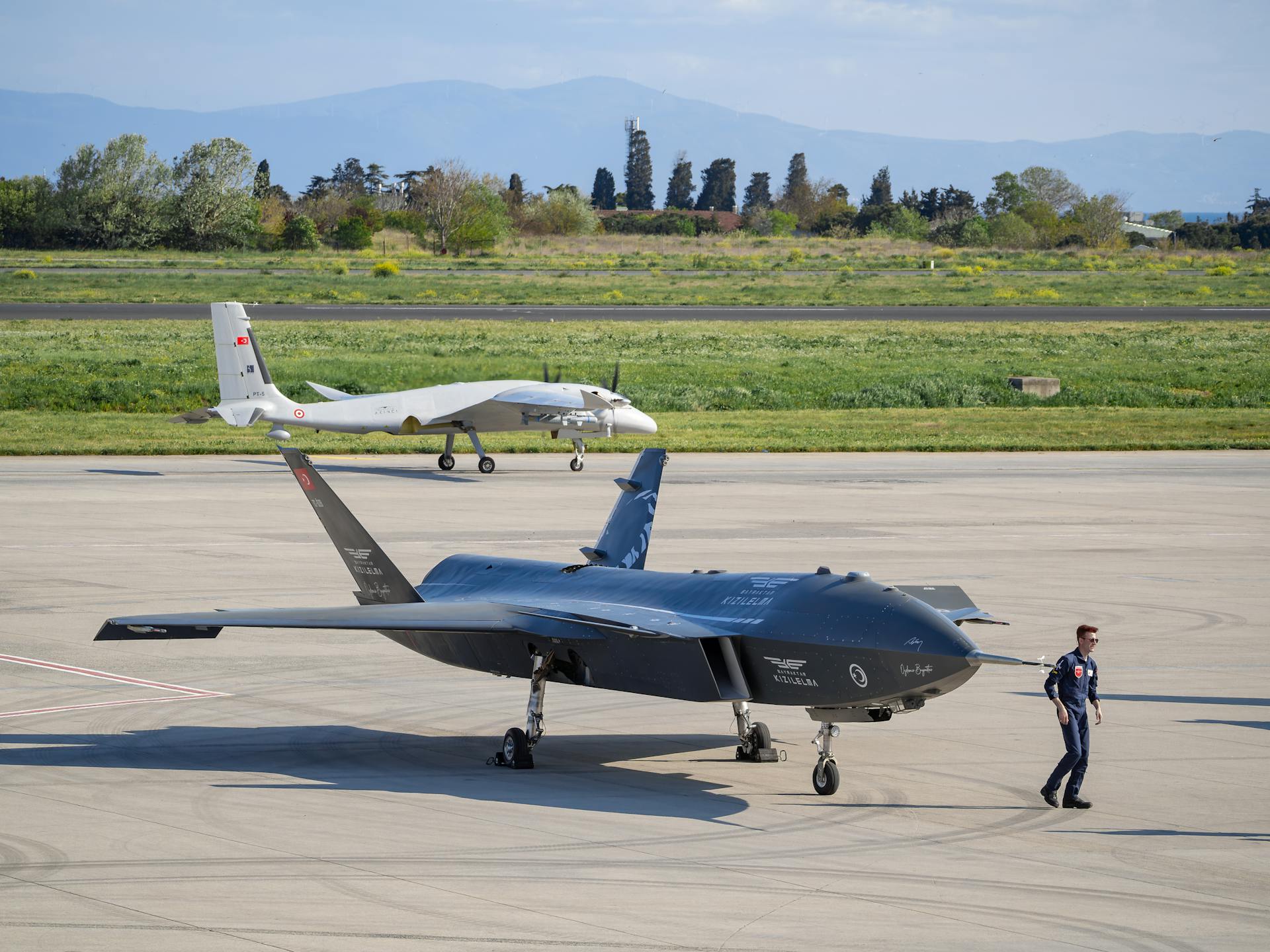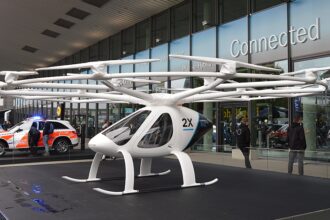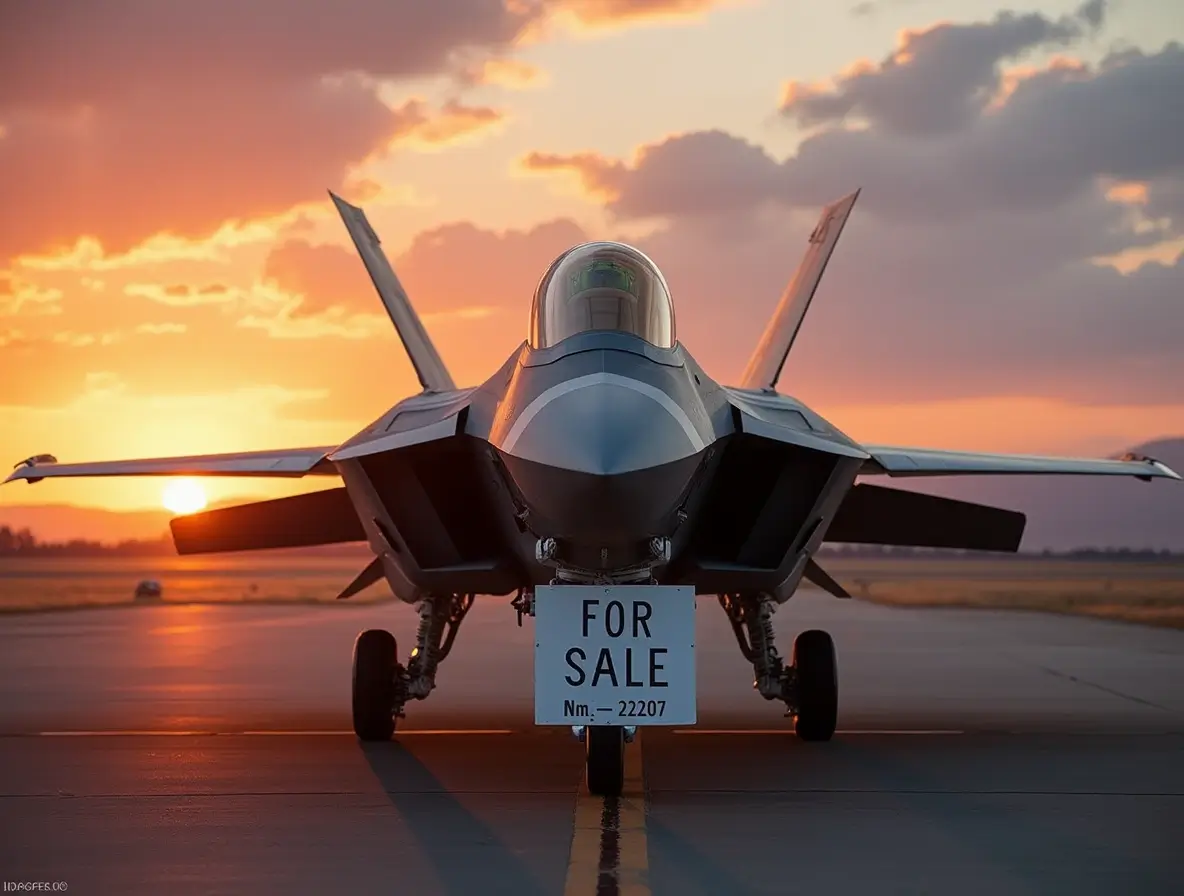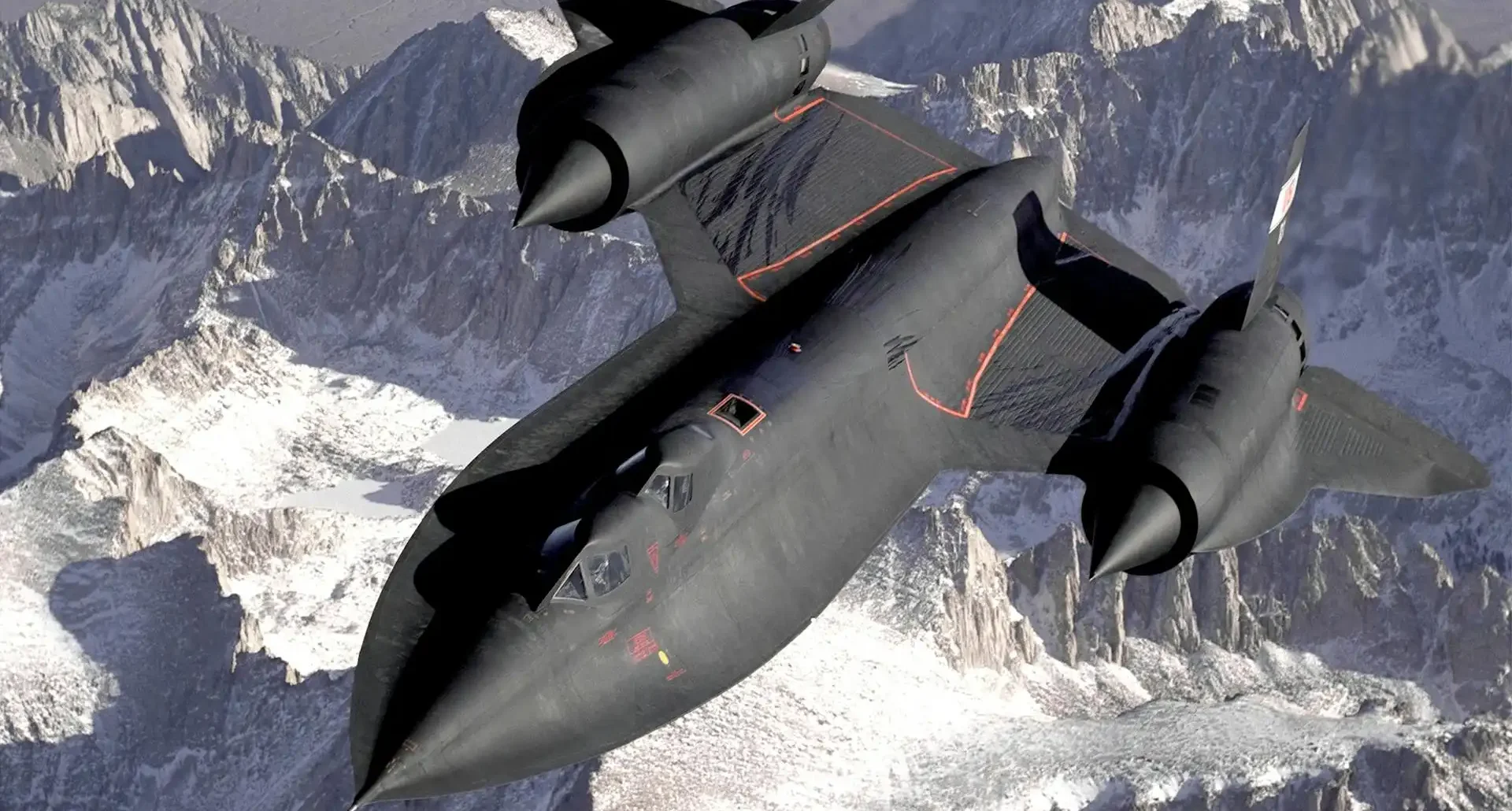Sixth Generation Fighter Jet: The Future of Aerial Combat
Introduction
The race to dominate the skies has entered a new era with the development of sixth generation fighter jets. These advanced aircraft promise unparalleled stealth, artificial intelligence (AI) integration, and hypersonic speeds, reshaping modern warfare. But what exactly sets them apart from fifth-gen fighters like the F-35 or Su-57? In this article, we’ll explore the groundbreaking features of sixth-gen jets, the nations leading their development, and the challenges they face.

What Makes a Sixth Generation Fighter Jet Different?
While fifth-generation fighters focus on stealth, sensor fusion, and supercruise, sixth generation fighter jets take innovation further. Key advancements include:
- AI-Powered Systems – These jets will rely on AI for real-time decision-making, reducing pilot workload and enhancing combat efficiency.
- Hypersonic Speeds – Capable of exceeding Mach 5, sixth-gen jets will outpace current missile defenses.
- Laser and Directed-Energy Weapons – Instead of traditional missiles, these jets may deploy futuristic energy-based weapons.
- Loyal Wingman Drones – Manned jets will operate alongside autonomous drones for swarm tactics.
Countries like the U.S., China, and the U.K. are investing billions in these technologies, with the U.S. Air Force’s Next Generation Air Dominance (NGAD) program leading the charge (source: Defense News).
Nations Competing for Sixth-Gen Supremacy
The development of sixth generation fighter jets is a global arms race:
- United States (NGAD Program) – The U.S. aims for a 2030 rollout, with Lockheed Martin and Boeing competing for contracts.
- China (Project J-XX) – Reports suggest China is testing prototypes with AI and hypersonic capabilities (source: South China Morning Post).
- Europe (FCAS & Tempest) – The UK’s Tempest and Europe’s Future Combat Air System (FCAS) aim for operational jets by 2040.
Russia has also hinted at a sixth-gen fighter, but economic sanctions may delay progress.

Challenges in Developing Sixth-Gen Fighters
Despite their potential, sixth generation fighter jets face hurdles:
- Cost Overruns – Estimated at $300 million per unit, funding remains a major obstacle.
- Technological Hurdles – Hypersonic engines and AI integration require breakthroughs.
- Ethical Concerns – Autonomous drones raise questions about AI in lethal decision-making.
The Role of Stealth and Electronic Warfare
One defining feature of sixth generation fighter jets is their next-level stealth capabilities. Unlike fifth-gen aircraft, which rely on radar-absorbent materials, sixth-gen designs may incorporate plasma stealth or adaptive camouflage to evade detection. Additionally, advanced electronic warfare systems will allow these jets to jam enemy radars and even hack into hostile networks, making them nearly untraceable in contested airspace.
How AI Will Transform Aerial Combat
Artificial intelligence isn’t just an add-on—it’s the backbone of sixth generation fighter jets. AI algorithms will analyze battle conditions, predict enemy movements, and even control drone swarms without human intervention. Some experts suggest that future dogfights may be decided in milliseconds by AI, not pilot skill. However, this also raises concerns about autonomous weapons and the risk of AI misinterpreting threats.
FAQ Section
1. Will sixth generation fighter jets replace fifth-gen jets entirely?
No, fifth-gen jets like the F-35 will remain in service for decades, but sixth-gen fighters will handle high-threat missions.
2. Can sixth-gen fighters evade all radar systems?
They’re designed with next-gen stealth coatings and shape-shifting capabilities, but no aircraft is completely invisible.
3. How do AI systems assist pilots in sixth-gen jets?
AI processes battlefield data, suggests tactics, and can even control drones autonomously.
4. Are hypersonic missiles a threat to sixth-gen fighters?
Yes, but their speed and AI-driven evasion systems may counter hypersonic threats better than current jets.
5. When will the first sixth-gen fighter enter service?
The U.S. NGAD is expected by 2030, while Europe’s Tempest may arrive by 2040.
6. Will sixth-gen jets be unmanned?
Some may have optional piloting, but most will likely be manned with AI support.
Conclusion
The sixth generation fighter jet represents the pinnacle of aerial warfare technology, blending AI, hypersonics, and stealth into a single platform. As global powers invest heavily in these systems, the balance of air superiority could shift dramatically in the coming decades.
For more on military aviation advancements, check The War Zone and Aviation Week.
Share Your Thoughts on This Article!


